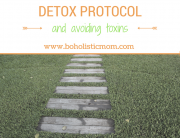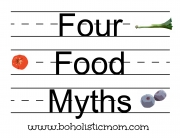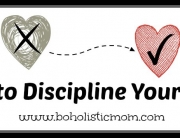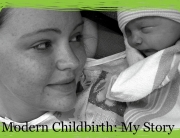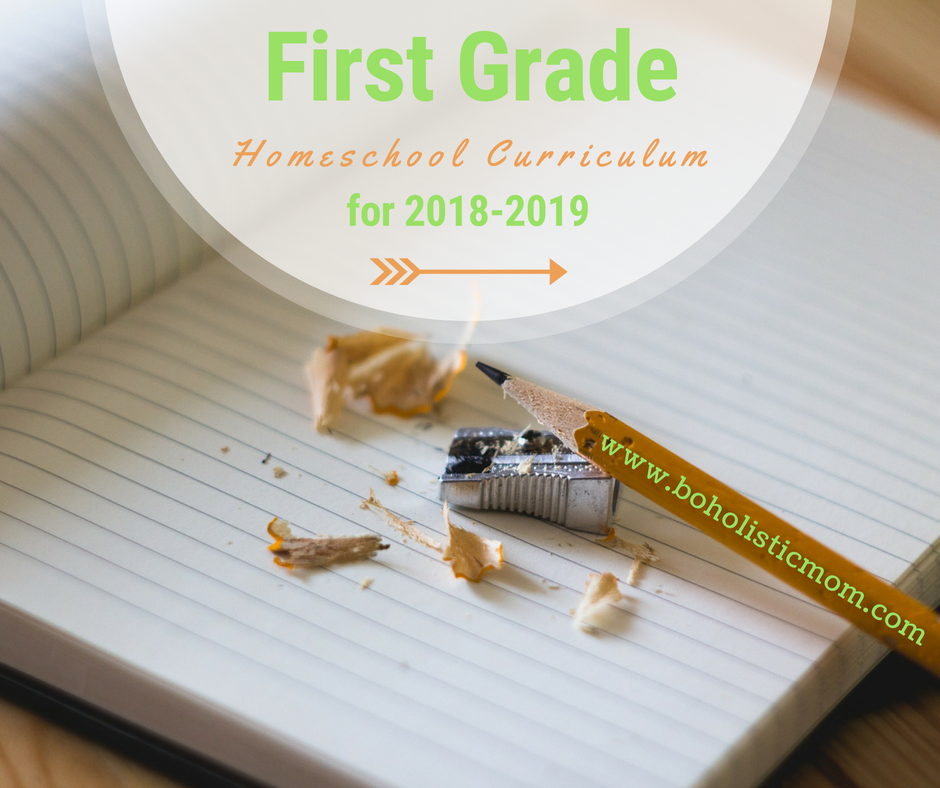
1st grade homeschool curriculum was pretty easy after I had made my choices in Kindergarten. I knew we were doing Classical Conversations. I knew we were doing Five in a Row. I knew that we were using Alpha-Phonics to teach reading. However, each year brings different challenges and different life events happen. We had just moved from Naples, Italy to Auburn, Alabama.
What an adjustment!
While I had begun our reading program in Kindergarten with a few pages, we did not get very far. My son loved to listen to books, but he was not very interested in reading. In 1st grade, we made it through the entire curriculum and he still was not reading easily. Sometimes it takes a little while for things to sink in successfully when you are giving children time to learn naturally. All of the sudden at the end of that year, he began to want to read. That changed everything.
1st grade homeschooling will look different for every family and every child. We are doing it again this year with our littlest who is already reading. This 1st grade year will be completely different than my previous experience. Allow your children to be unique. Enjoy the journey.
Our 1st Grade Homeschool Curriculum Choices
Main Curriculum
- Classical Conversations in a CC Community – Cycle 1 (Find out more about classical conversations by reading –> The Core by Leigh Bortins)
- Ancient History
- Biology, Earth Science
- The Geography of Europe, Africa, Canada, and South America
- English, Math, Latin, and the History Timeline as well as Fine Arts and Hands-On Science
Pros and Cons of Classical Conversations:
PROS – getting together with other children (apprentice), experiencing a classroom setting once a week in order to learn classroom skills, becoming comfortable with talking in front of other people, learning to memorize; as the teacher, the parent is ultimately in charge of how their child thrives in CC at this age
CONS – children need to be supervised by parents as well as tutor, one child being disruptive will often upset the class, some parents take this age too seriously while some do not challenge their children enough, can be a mixed experience
- Five in a Row: Volume 2
- (How to get these books –> click on the links to purchase the books from Amazon, go to Rainbow Resources to buy them as a discounted set, borrow them from your local library, or check out fetchbook.info to buy them used)
- The Giraffe That Walked to Paris by Nancy Milton
- Three Names by Patricia MacLachlan
- Wee Gillis by Munro Leaf
- Owl Moon by Jane Yolen
- A New Coat for Anna by Harriet Ziefert
- Mrs. Katz and Tush by Patricia Polacco
- Mirette on the High Wire by Emily Arnold McCully
- They Were Strong and Good by Alice and Robert Lawson
- The Story of Ferdinand by Munro Leaf
- Make Way for Ducklings by Robert McCloskey
- The Tale of Peter Rabbit by Beatrix Potter
- Mr. Gumpy’s Motor Car by John Burningham
- Miss Rumphius by Barbara Cooney
- The Little Red Lighthouse and the Great Gray Bridge by Hildegarde H. Swift
- Follow the Drinking Gourd by Jeanette Winter
- Harold and the Purple Crayon by Crockett Johnson
- When I Was Young in the Mountains by Cynthia Rylant
- Gramma’s Walk by Anna Grossnickle Hines
- Down Down the Mountain by Ellis Credle*
- All Those Secrets of the World by Jane Yolen*
- Babar, To Duet or Not to Duet by deBrunhoff*
* Out of Print
Pros and Cons of Five in a Row:
PROS – if your first grader is learning to read, you have such a rich literature base to encourage the love of reading; the curriculum is parent led, so you are never behind; FIAR teaches you how to teach naturally through life
CONS – if you want schedules and plans all laid out or think you have to teach subjects, this curriculum may not be for you
Supplements that I Chose
- Explode the Code –> spelling, reading reinforcement
-
Prescripts Cursive from Classical Conversations
- Alpha-Phonics –> reading
Teacher and Guiding Resources
- The Bible – Teaching, Discipline, and Encouragement
- I use the ESV version and change the wording at times to be age appropriate. We went over creation and the basics.
- Educating The Wholehearted Child – Ideas, Direction, and Vision
- This book set my homeschool mama heart aflame with a vision for God’s will for my family. While we at times have people question what we are doing and why we are doing it, this book allowed me to really think about why God was calling me to homeschool and the purposes that He has for my son through this discipleship process. I am not homeschooling to avoid the school system, out of fear, nor to shelter my son, rather I am homeschooling to bring God glory by educating my son personally and cultivating his desire for God.
Tips for Homeschooling 1st Graders
First grade is a wonderful adventure as many homeschool parents choose to teach their children to read or cultivate a life long love of reading. For my first, first grade did not result in an avid reader. Grace. He began reading in second grade and now is a voracious reader having begun to consume chapter books in third grade. Patience. Enjoy the journey and I hope you benefit from the tips below!
Here is a list of my best tips for first grade homeschool:
- As I mentioned above, give yourself plenty of grace. Your goals may not be realized in first grade, but your efforts are not lost. Children take time to learn and each child will learn various skills at different times.
- Enjoy the process. Snuggle up with a book. Take a break to make Chamomile tea while reading The Tale of Peter Rabbit. The experience of learning is just as important as the information.
- Limit electronics until the afternoon (or weekends). They do not need electronics and their brains actually do better without them.
- Develop a healthy schedule. Wake at around the same time and keep a basic schedule for the day. Children thrive on schedules.
- I’ve said it before and I’ll say it again, “Do not use sugar or food colorings during the school day. Many children react poorly to sugar and food colorings. I’ve seen mothers who wrack their brains for ideas on how to get their children to calm down and hold still . . . all while feeding their children sugar-rich, dyed foods. Many kindergartners are just learning about God’s gift of self-control, so consider feeding them foods that will help them learn to use this gift of control of their own bodies. Grace for the past and obedience for the present.” (Source: Kindergarten Homeschool Curriculum)
This is what I was able to do three years ago for my oldest and I am able to repeat it this year with my littlest. I hope that these resources are just as beautiful to enjoy for your family as they have been for mine.

Brooke Shambley
THE Boholistic Mom
Affiliate Disclosure
I am an Amazon Affiliate and the links included in this post will take you to Amazon. As an affiliate, I get paid when my readers shop from those links. Feel free to shop from the links if you’d like to support my blog, but feel free to shop elsewhere especially locally!




























